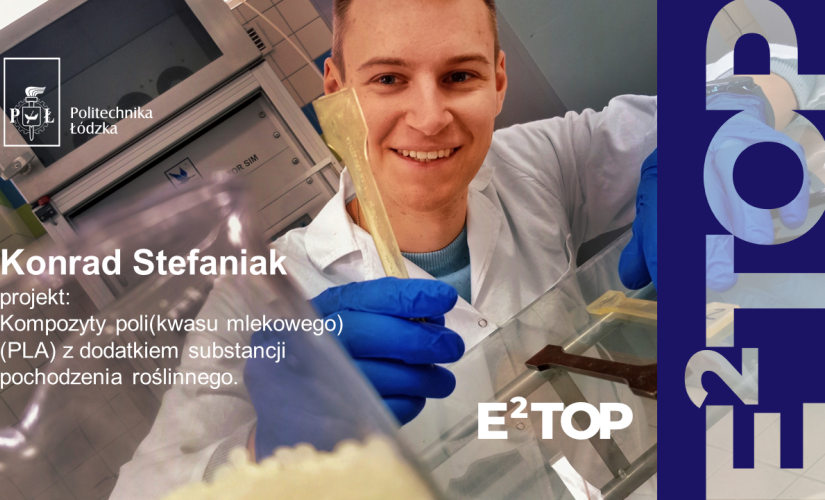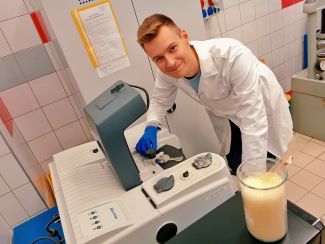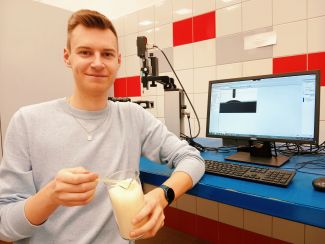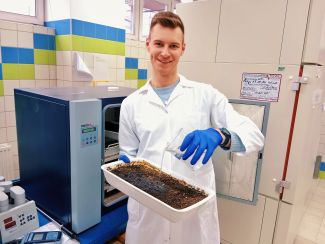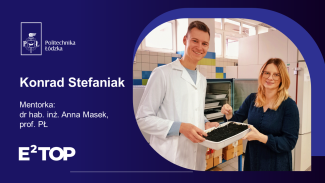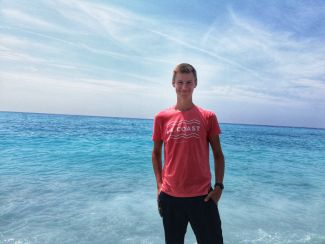Tell us about your scientific project.
In the E2TOP programme, I am implementing a project entitled "Poly(lactic acid) (PLA) composites with the addition of plant-derived substances". Its aim is to develop environmentally friendly, biodegradable polymeric materials for packaging applications.
In the E2TOP programme, I am implementing a project entitled "Poly(lactic acid) (PLA) composites with the addition of plant-derived substances". Its aim is to develop environmentally friendly, biodegradable polymeric materials for packaging applications.
What are the prospects for the development of this research?
The scope of development of this research is very broad. I intend, among other things, to determine the impact of different methods of obtaining composites on their physicochemical properties and to optimize the parameters of obtaining composites, for example, using the injection method.
In addition, it is also possible to file a patent application based on the results of the research and to establish cooperation with other research units in order to expand the research methods used. Optimizing the composition of the composite towards its biodegradability, for example, will be helpful to use methods related to biotechnology. The ultimate perspective of research development is even the implementation of the obtained composites into production in agreement with industry representatives.
What do you do in the chemical laboratory?
So far, I have produced PLA-based composites with the addition of various natural substances. I obtained them using the injection method. Then I conducted accelerated aging tests of materials and performed, among other things, wetting angle measurements and spectroscopic studies to check how the chemical composition of the samples changes under the influence of aging. The first effects of my research are already visible. The used bio-additives effectively stabilize the polymer and show anti-aging properties. I work in the laboratory several times a week, for several hours a day.
What does cooperation with the mentor look like?
I have been working with Assoc. Prof. Anna Masek since the first year of my studies, she then took scientific care of my scientific volunteer work. The Professor welcomed me to her scientific team with great kindness and gave many invaluable tips when I was taking my first steps in research work. The result of our cooperation are, among other things, two scientific publications in international journals. In the E2TOP program, I chose the Professor because she is a specialist in the field of biodegradable polymeric materials and conducts research at a very high level.
Where do you get your inspiration?
In scientific work, it is inspiring for me that every day I can discover how wonderfully our world is created. In the case of my field of research, it is satisfying that the use of natural substances, for example for the production of packaging, can contribute to improving the state of the natural environment of the Earth. Thanks to various inventions, we can change this world for the better, develop it, help people, and thus make their lives more beautiful.
Interviewed by: Agnieszka Garcarek-Sikorska

